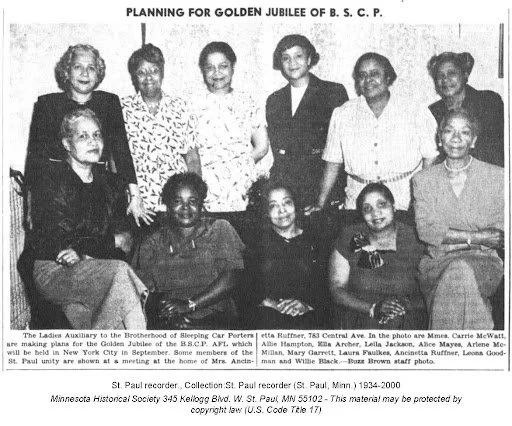Serville Hotel
Dates of operation: 1935 - 1968
Dates listed in Green Book: 1940-1961
Serville Hotel, 246 ½ 4th Avenue South, Minneapolis, 1942, Photo courtesy of Minnesota Historical Society
“Downtown Minneapolis and downtown St. Paul were both very prejudiced places. There were great restrictions placed on blacks in eating establishments; in hotel establishments; up until the late forties a Negro couldn’t stay in a downtown Minneapolis hotel. [There] was a gentleman’s agreement. It was the same thing on Hennepin Avenue and the major hotels. They didn’t hire no black entertainers.”
Addresses:
246 ½ 4th Avenue, Minneapolis
Minneapolis’ Serville Hotel was located in the historic Gateway District, the region’s infamous “skid row.” Fitting to the area, the Serville wasn’t particularly fancy, but owners Sylvester and Etta Oliver did what they could to give visitors a “first class” experience. The couple announced significant improvements to the hotel’s furnishings and the addition of a new cafe shortly after becoming managers. “Syl” Oliver’s obituary in 1963 described him as a respected, active member of society and “the only Negro in hotel business in Minneapolis.” In the 1950s, the Olivers sold the hotel to Ruth and Harry Crump, another African American couple, who continued managing the Serville into the ‘60s.
Across the nation, hotel listings in the Green Book were critically important to Black travelers. After driving long distances, the guidebook helped families find places to rest where they could ensure their reservations would be honored. The Serville Hotel was one of those designated locations. Other overnight accommodations in the Twin Cities Green Book listings included the Phyllis Wheatley Settlement House or tourist homes, but the Serville remained one of only a few actual hotels advertised to Black travelers.
The Serville closed in the mid-1960s, a decade during which much of the central business district was marked for a major downtown redevelopment project and then demolished.
While many Twin Cities hotels and restaurants rejected reservations from African Americans, these establishments relied on the labor of Black staff to stay in service. Below, listen to Anthony Cassius (owner of Cassius Bar, a nearby establishment) talk about what it was like for Black people to work and stay around downtown Minneapolis.
Timeline
oral histories
Cassius describing discrimination at downtown Minneapolis hotels
Cassius recounting an interaction with artist Lawrence Flowers, who was staying at the Hotel Serville at the time
Gateway District in 1939, photographed by John Vachon. This image is available from the United States Library of Congress's Prints and Photographs division.
CASSIUS BAR & CAFE
Explore the other Historic sites
SERVILLE HOTEL
JIM’S
PLACE
WILSON VILLA
G & G
BAR-B-Q
PHYLLIS WHEATLEY HOUSE







